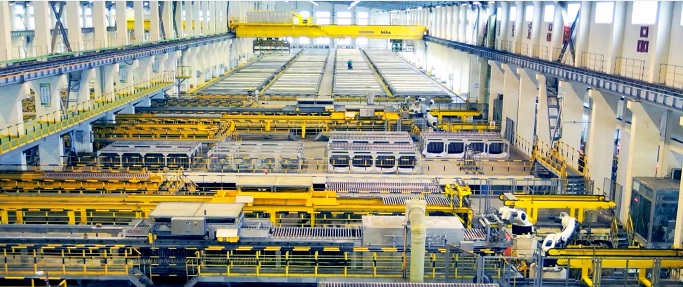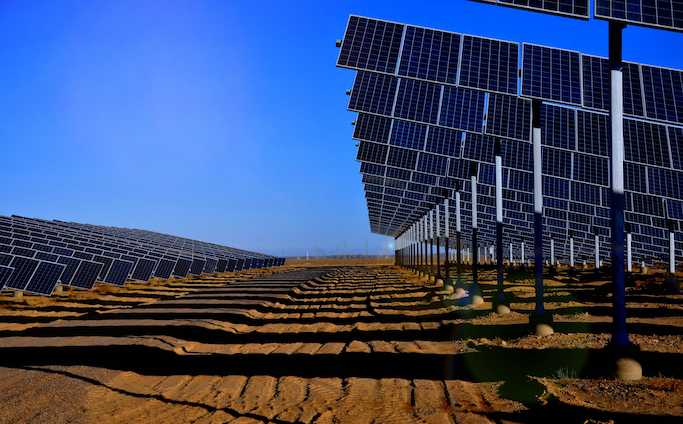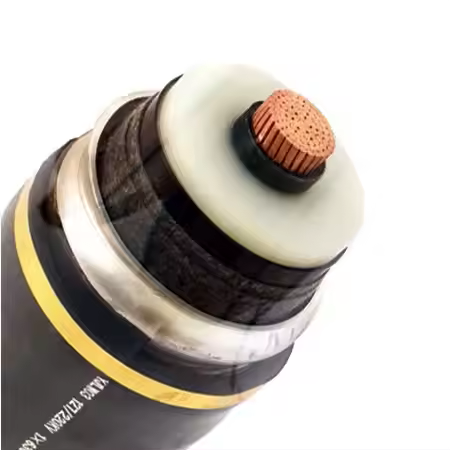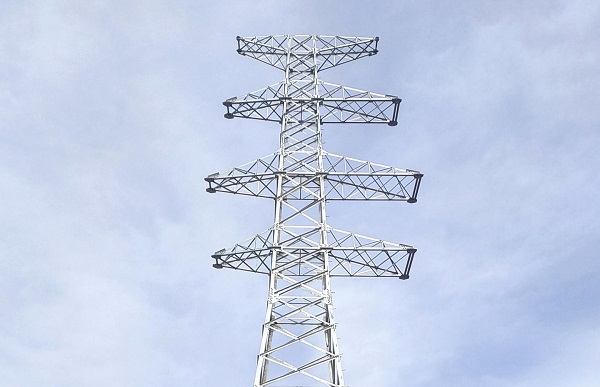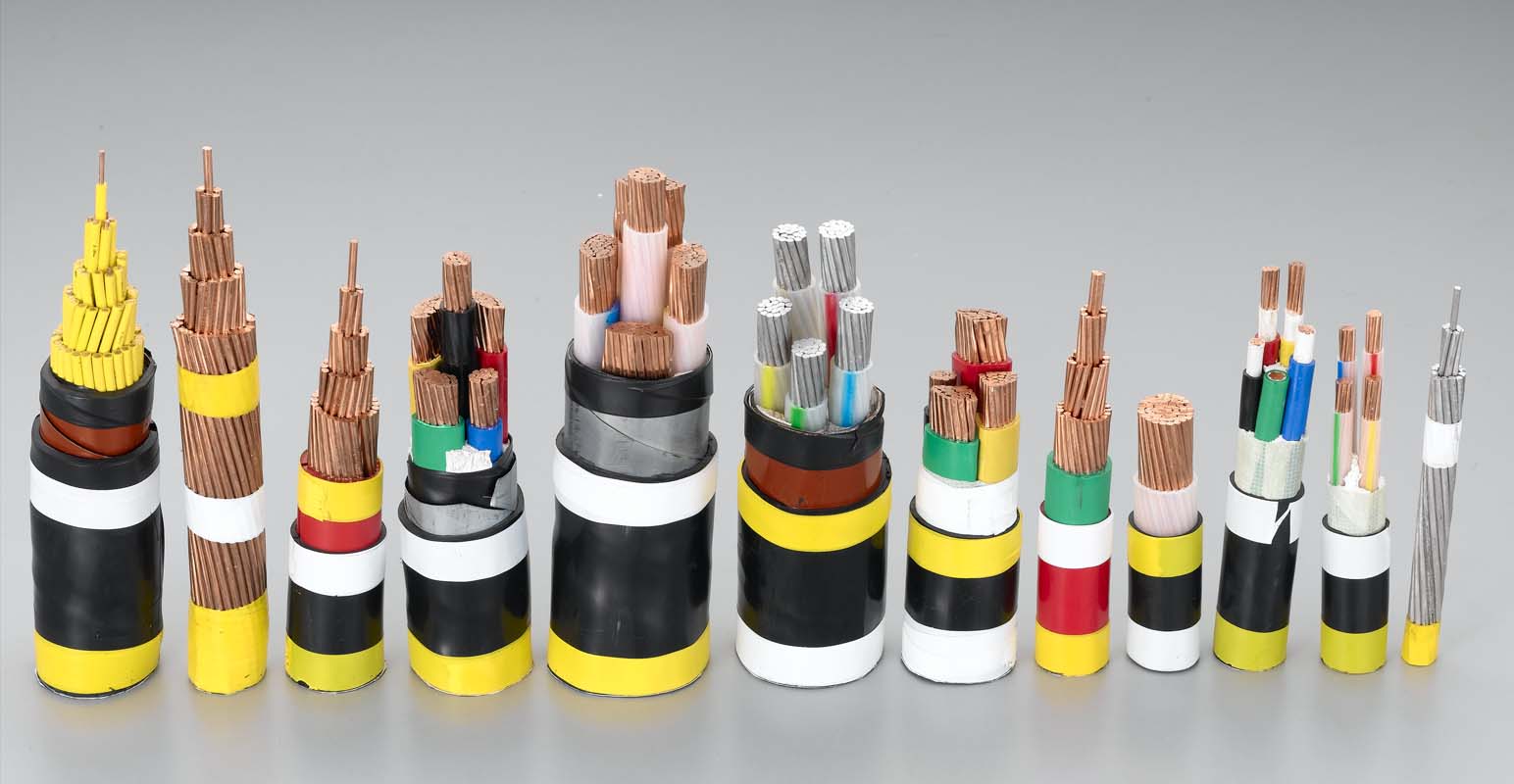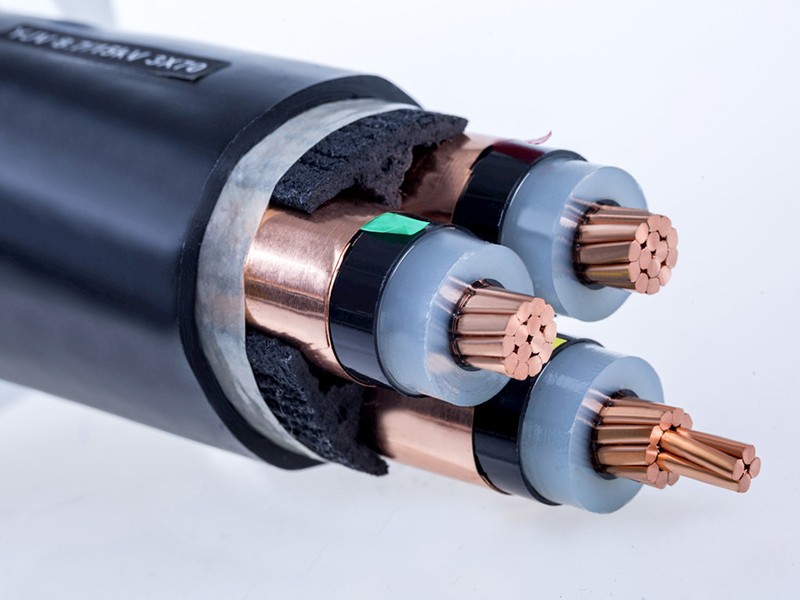The cross-section of an electric cable is a fundamental parameter that directly affects its performance, safety, and lifespan. When selecting the appropriate cross-section, it’s essential to consider several factors to ensure optimal power transmission and reliable operation. Below, we outline the key considerations, with insights into JinChuan Electric Cables’ superior products and solutions.
1. Transmission Capacity
The primary factor in selecting a cable’s cross-section is its transmission capacity. The larger the power transmission capacity required, the larger the conductor cross-section must be. This ensures that the cable can handle the electrical load without overheating or compromising performance.
JinChuan Electric Cables are engineered with high-quality conductors, such as copper and aluminum, to efficiently handle varying transmission capacities while maintaining safety and reliability.
2. Transmission Distance
For long-distance power transmission, line loss and voltage drop become critical concerns. To minimize voltage drop and ensure stable power delivery, cables with larger cross-sections are required.
JinChuan Electric Cables offer a range of options designed to meet the demands of both short and long-distance transmission, ensuring minimal losses and maximum efficiency.
3. Cable Material and Structure
The material and structural design of a cable significantly influence its cross-section requirements:
-
Conductor Material:
Copper, aluminum, and aluminum alloy are common conductor materials. Copper, with its lower electrical resistance, allows for smaller cross-sections compared to aluminum or aluminum alloy for the same transmission capacity. -
Insulation Material:
The insulation material determines the cable’s heat resistance and allowable operating temperature. For example:- PE and PVC insulation can withstand up to 70°C.
- XLPE and EPR insulation can handle up to 90°C.
Higher heat resistance allows for smaller cross-sections for the same power capacity.
-
Cable Structure:
- Single-core vs. multi-core cables: Multi-core cables, such as 2-core, 3-core, 4-core, or 5-core designs, have different current-carrying capacities.
- Metal sheathing and armor layers: These features enhance cable durability and safety but may also impact the required cross-section.
JinChuan Electric Cables are available in various materials and structures, offering tailored solutions for different applications.
4. Installation Methods
The installation method and cable placement significantly affect the cable’s current-carrying capacity and, consequently, the required cross-section.
- Heat Dissipation:
Proper heat dissipation is crucial for maintaining cable performance. If cables are installed in environments with poor ventilation or heat dissipation, larger cross-sections are necessary to prevent overheating. - Induced Current and Losses:
Improper installation can lead to increased induced currents and energy losses, further impacting cable performance.
JinChuan Electric Cables are designed to adapt to various installation methods, ensuring safe and efficient operation under diverse conditions.
5. Environmental Factors
Environmental conditions have a significant impact on cable performance and cross-section selection:
- Ambient Temperature:
High ambient temperatures reduce the cable’s current-carrying capacity, necessitating larger cross-sections. Conversely, lower temperatures allow for smaller cross-sections. - Air Circulation:
Poor air circulation reduces heat dissipation, requiring larger cross-sections to compensate for the reduced current-carrying capacity. For example, enclosing cables in plastic conduits can reduce their capacity by 15–20%.
JinChuan Electric Cables are designed to perform reliably in a wide range of environmental conditions, providing solutions for both high-temperature and well-ventilated scenarios.
Why Choose JinChuan Electric Cables?
JinChuan Electric Cables are crafted with precision and innovation to meet the diverse needs of modern power systems. Key benefits include:
- High-Quality Materials:Premium copper and aluminum conductors ensure excellent conductivity and durability.
- Advanced Insulation:Heat-resistant materials like XLPE and EPR enhance safety and performance.
- Customizable Solutions:A wide range of cable structures and cross-sections are available to suit specific applications.
- Reliable Performance:Designed to withstand challenging environmental and installation conditions.
By selecting JinChuan Electric Cables, you can ensure optimal performance, safety, and efficiency for your power transmission needs.
Conclusion
Selecting the appropriate cross-section for electric cables is a complex process that requires careful consideration of multiple factors, including transmission capacity, distance, material, structure, installation methods, and environmental conditions. JinChuan Electric Cables provide high-quality, reliable solutions tailored to meet these challenges, ensuring safe and efficient power transmission in any application.
When it comes to choosing the right cable, trust JinChuan Electric Cables for superior performance and peace of mind.



